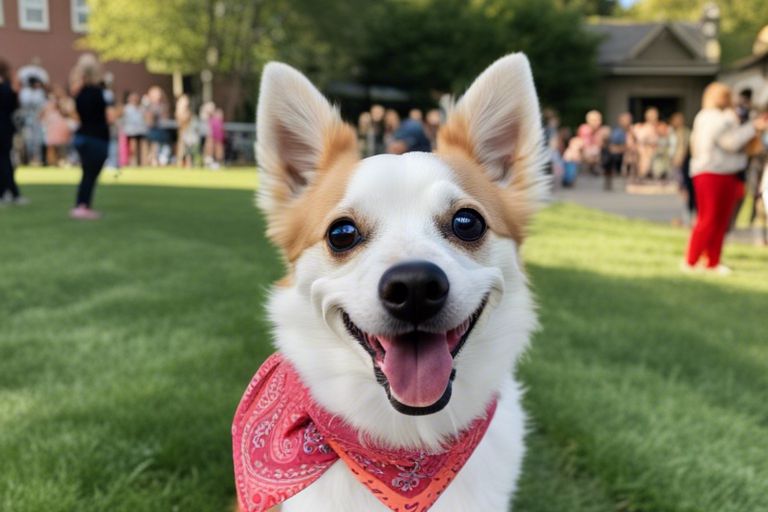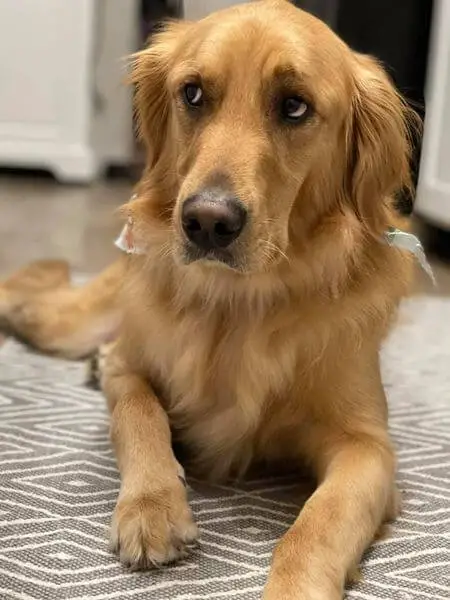Resource guarding can be a serious issue for small dogs, as it can lead to aggression and other concerning behaviors. But with the right approach, I can help you prevent this behavior in your small dog. It’s important to understand the underlying reasons for resource guarding and to address them effectively. From proper training techniques to creating a safe and positive environment for your dog, there are several steps I can recommend to you to prevent resource guarding and ensure your small dog’s well-being.
Key Takeaways:
- Consistent Training: Training your small dog to share resources and trade items for treats will help prevent resource guarding behavior.
- Early Socialization: Exposing your small dog to various people, animals, and environments at an early age can help reduce the likelihood of resource guarding.
- Limit Access to Resources: Managing your small dog’s environment by limiting access to high-value items and providing plenty of toys and treats can help prevent resource guarding.
Identifying Signs of Resource Guarding
Assuming you suspect your small dog may be resource guarding, it’s important to be able to recognize the signs. Resource guarding can manifest in various ways, including growling, snarling, snapping, or biting when anyone, including the owner, approaches their food bowl, toys, or other possessions they consider valuable. Additionally, your dog may display stiff body language, such as freezing or standing over the item, as well as showing signs of stress or anxiety when approached.
Common Triggers for Guarding Behaviors
Common triggers for resource guarding behaviors include competition for food or treats, approaching your dog while they are enjoying their meal or toy, attempting to take something away from them, or the presence of other animals or people near their possessions. In some cases, even moving too close to the area where they store their valuables can trigger guarding behaviors.
Body Language and Vocalizations
When it comes to resource guarding, it’s crucial to understand your dog’s body language and vocalizations. They may exhibit a tense body posture, including stiffening, lowered head, ears pinned back, or showing the whites of their eyes. Additionally, they may growl, bark, or even lunge to make their point clear. Recognizing these signals can help you intervene before the situation escalates.
Training Techniques to Prevent Resource Guarding
Any dog, regardless of size, can exhibit resource guarding behavior. Training small dogs to prevent resource guarding involves using positive reinforcement techniques and establishing trust and leadership. Consistent training and clear communication are essential to modifying this behavior.
Establishing Trust and Leadership
When working with a small dog to prevent resource guarding, it is crucial to establish trust and leadership. This involves setting clear boundaries and rules and being consistent with your expectations. Building trust with your dog through positive reinforcement and respecting their space and possessions will help them feel more secure and less likely to exhibit resource guarding behavior.
Teaching ‘Leave It’ and ‘Drop It’ Commands
Teaching your small dog the “leave it” and “drop it” commands can be incredibly useful in preventing resource guarding. These commands provide you with control over the items your dog may be guardi and it also teaches them to relinquish items without conflict. Consistent training and practice will help your dog learn to respond to these commands effectively, reducing the likelihood of resource guarding behavior.
Managing Resources and the Environment
Now, let’s talk about managing resources and the environment to prevent resource guarding in your small dog. One great resource I found on this topic is How Do I Stop My Small Dog From Guarding Me?.
Proper Feeding Habits and Schedules
Proper feeding habits and schedules are essential to preventing resource guarding in small dogs. I can’t stress enough the importance of feeding your dog in a calm and predictable manner. By providing your dog with regular meals and feeding them in a quiet, low-stress environment, you can help them feel more secure. Make sure to keep a consistent feeding schedule and avoid feeding from your own plate. This will help establish boundaries and reduce the likelihood of your small dog becoming protective of food.
Creating a Safe and Secure Space
Creating a safe and secure space for your small dog is another crucial step in preventing resource guarding. By providing your dog with their own designated area where they can eat and have their toys, you can help them feel more relaxed and less likely to guard their possessions. This can be as simple as setting up a cozy corner with a bed and their favorite toys. Remember to respect your dog’s space and not invade it when they are there, as this will help build trust and reduce their need to guard their belongings.
When to Seek Professional Help
Despite taking proactive measures to prevent resource guarding in your small dog, there may come a point when the behavior becomes unmanageable and potentially dangerous. In some cases, seeking professional help is necessary to address the underlying issues causing your dog to resource guard and to ensure the safety of both your pet and yourself.
Recognizing the Need for a Professional Trainer
If your small dog’s resource guarding behavior is escalating or if you feel unable to manage the situation on your own, it may be time to consider working with a professional dog trainer. A certified trainer can provide expert guidance and personalized training plans to address your dog’s specific needs. They can also offer valuable support and advice to help you understand the root cause of the behavior and implement effective training techniques. It’s important to seek help from a trainer with experience in dealing with resource guarding, as this behavior can be challenging to modify without the right expertise.
Working With a Behaviorist or Vet
In more severe cases of resource guarding, especially those involving aggression or potential harm to you or others, consulting with a qualified animal behaviorist or veterinarian is crucial. These professionals have the expertise to assess your dog’s behavior, identify any underlying medical or psychological issues, and develop a comprehensive treatment plan. They may recommend behavior modification techniques, medication, or other interventions to address the resource guarding behavior and improve your dog’s overall well-being. Seeking the help of a behaviorist or vet can make a significant difference in managing the situation and ensuring a positive outcome for you and your small dog.

Preventing Resource Guarding in Small Dogs
On the whole, preventing resource guarding in small dogs is essential for their well-being and the safety of those around them. By implementing positive reinforcement training, establishing clear boundaries, and seeking the help of a professional trainer if needed, I can effectively address and prevent resource guarding behavior in my small dog. It is important to consistently and patiently work with your dog to build trust and create a positive association with sharing their resources. By taking these proactive steps, I can ensure a harmonious and safe environment for both myself and my small dog.
FAQ
Q: What is resource guarding in small dogs?
A: Resource guarding is a natural behavior in dogs where they protect their valued possessions such as food, toys, or sleeping areas from perceived threats. This behavior can escalate to aggression if not addressed.
Q: How can I prevent my small dog from resource guarding?
A: To prevent resource guarding in your small dog, it’s important to establish yourself as the leader and teach your dog that valuable resources come from you. This can be done through positive reinforcement training, teaching the “drop it” and “leave it” commands, and gradually desensitizing your dog to having their possessions handled by you.
Q: What should I do if my small dog is already exhibiting resource guarding behavior?
A: If your small dog is already exhibiting resource guarding behavior, it’s important to seek professional help from a certified dog trainer or behaviorist. Do not attempt to correct resource guarding on your own, as it can be dangerous. Implement management techniques such as keeping valued resources out of reach and carefully managing interactions to prevent potential conflicts.



